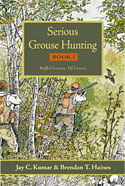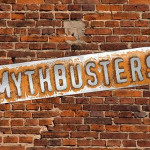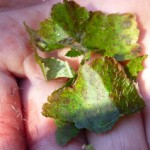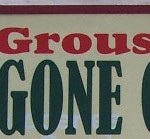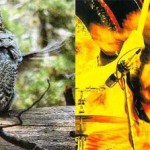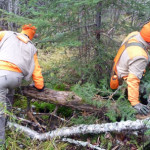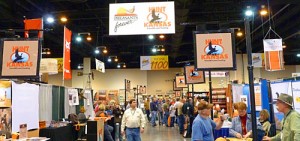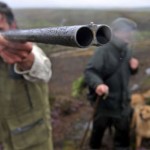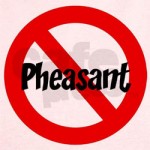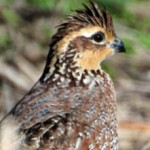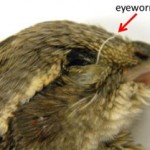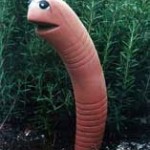Do You Hunt With a Hemingway?
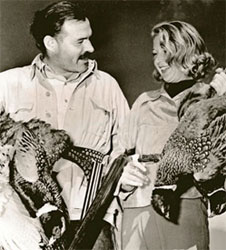 Ernest Hemingway lived when there was such a thing as a “playboy outdoorsman.” Sounds fun, but part of living that life is having a good-sized ego. That means rivals, like Zane Grey, but also a competitiveness that goes beyond buying the first beer or maybe having to fix the grub that night at camp. And so it apparently went with Hemingway:
Ernest Hemingway lived when there was such a thing as a “playboy outdoorsman.” Sounds fun, but part of living that life is having a good-sized ego. That means rivals, like Zane Grey, but also a competitiveness that goes beyond buying the first beer or maybe having to fix the grub that night at camp. And so it apparently went with Hemingway:
“One of the stories that Mr. Pfeiffer would tell me was if he killed more quail than Ernest had, they had to stay out there until Ernest had killed as many as Karl had.”
Then, spreading his arms wide, Roeder said, “Hemingway had an ego like this.”
That quote is from a great New York Times piece about bobwhite quail vanishing. You know who Ernest is. Mr. Pfeiffer is Karl Pfeiffer, brother of Pauline Pfeiffer, Hemingway’s second wife.
So do you hunt – or, more likely – have you hunted with a Hemingway? A friendly wager is one thing, but a guy who has to shoot first and would be a burden and potentially dangerous. To us, anyway. (That’s why we have a section in Serious Bird Hunting, Book 1 about choosing a hunting buddy.)
More on Ernest and Quail
The Pfeiffers hailed from Piggott, AR, described by the Times as “a small town in the Arkansas delta:”
Obliged to visit his in-laws’ home in Piggott, Hemingway made the most of it and became a bird-hunting bum.
And:
> Ernest Hemingway was looked upon by the locals as something of a proto-hippy with his shabby clothes, unshaven face and artistic disposition. He was once mistaken for a hobo. Children taunted him and pelted him with rocks.
> [Maybe quail hunting] was why he chose to stay in Piggott and chase bobwhites when the film adaptation of his novel “A Farewell to Arms†made its premiere on Broadway in 1932.
We’re no Hemingway experts, but that sounds like our kinda guy! (Minus the ego/competitive part.)
More About Quail
The Times found a quail-hunting scene in the Hemingway story “A Day’s Wait:” He writes of the quail “coming out while you were poised unsteadily on the icy, springy brush they made difficult shooting and I killed two, missed five, and started back pleased to have found a covey close to the house and happy there were so many left to find on another day.â€
So many left…. Not anymore, which is what the Times piece is about: Unlike the hunters of Hemingway’s generation and the generation after, the hunters of today are lucky to see a covey of quail, and they are uncertain there will be many left.
Here’s the important part of the article:
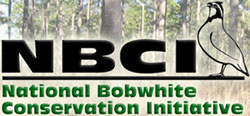 “Resident game bird conservation professionals have been telling landowners this for 50 years: all you need to do is some small-scale stuff on your place and you’ll have birds and everything will be fine,†said [Don McKenzie of the National Bobwhite Conservation Initiative]. “Well, after 50 years of doing that, it certainly doesn’t work.â€
“Resident game bird conservation professionals have been telling landowners this for 50 years: all you need to do is some small-scale stuff on your place and you’ll have birds and everything will be fine,†said [Don McKenzie of the National Bobwhite Conservation Initiative]. “Well, after 50 years of doing that, it certainly doesn’t work.â€
The problem is that the islands of prime quail habitat — restored or naturally occurring — are not connected to one another to create larger plots of good habitat where quail have greater odds of survival.
“We have to come up with bigger pieces of landscape that are managed in common, and have connections with other pieces of well-managed landscape where there are sustainable populations of birds,†McKenzie said. “We must make it happen by the millions of acres instead of by the tens of acres.â€
Jeff Parrish, executive director of Freedom to Roam, a coalition of organizations working to conserve wildlife corridors, said, “The quail are telling us a story that we never thought we’d hear, which is the world’s gotten chopped up and the only way we can protect those species is to connect them more.â€
Thanks to them for fighting the good fight.
Category: Ernest Hemingway, NBCI, Quail





